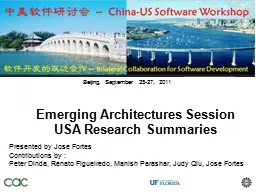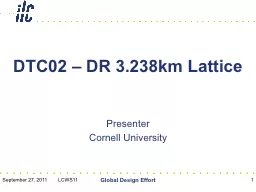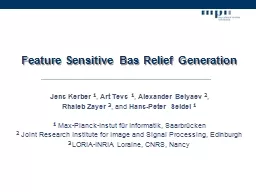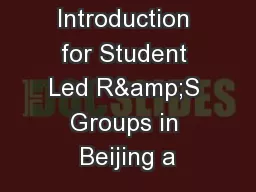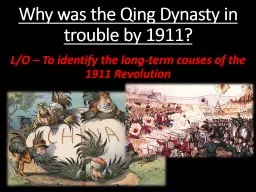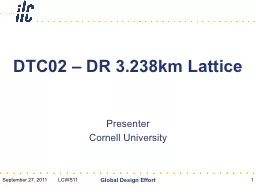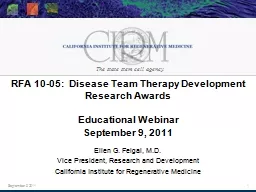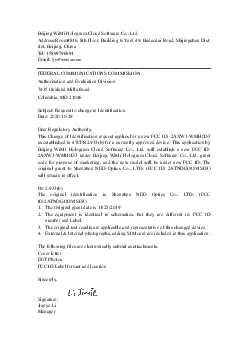PPT-Beijing, September 25-27, 2011
Author : faustina-dinatale | Published Date : 2018-09-22
Emerging Architectures Session USA Research Summaries Presented by Jose Fortes Contributions by Peter Dinda Renato Figueiredo Manish Parashar Judy Qiu Jose Fortes
Presentation Embed Code
Download Presentation
Download Presentation The PPT/PDF document "Beijing, September 25-27, 2011" is the property of its rightful owner. Permission is granted to download and print the materials on this website for personal, non-commercial use only, and to display it on your personal computer provided you do not modify the materials and that you retain all copyright notices contained in the materials. By downloading content from our website, you accept the terms of this agreement.
Beijing, September 25-27, 2011: Transcript
Download Rules Of Document
"Beijing, September 25-27, 2011"The content belongs to its owner. You may download and print it for personal use, without modification, and keep all copyright notices. By downloading, you agree to these terms.
Related Documents

